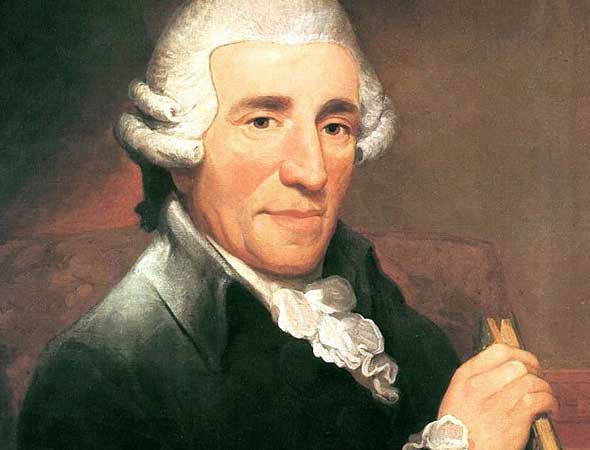HAYDN: Symphony No. 30 “Alleluia”
When it comes to symphonies, music scholars love numerology. Is a symphony “early,” “middle” or “late”? And what about “enneaphobia,” the symphonists’ jinx associated with the number nine? Well, that’s an affliction of post-Beethoven symphonists. But even for earlier composers, the preoccupation with numbers can be misleading. In the case of Haydn, who wrote one hundred and four symphonies in his long and productive career, it’s tempting to estimate a given symphony’s place in his oeuvre based on number. But usually, it’s best not to try it.
Unlike his contemporary Mozart, Haydn did not start composing symphonies until he was a fully mature artist, so his first symphonies can’t accurately be called “early” works. Once he started, they became an important form for him — an ideally creative way to showcase his patrons’ court orchestras and his own talents. Considering their artistic merit and their degree of innovation, he produced them at an astonishing rate. He wrote the Symphony No. 30 at age 33, when he was employed by the prestigious Esterházy court, one year before he became music director there. The symphony may well have been written for performance on Easter Sunday of 1765. Its nickname comes from the inclusion of a plainchant alleluia, which would have been familiar to listeners in Haydn’s day.

Joseph Haydn
It’s more interesting to speculate about the home key of this symphony, C major, though here, too, the musicologist’s eternal hunt for significance can be misleading. We frequently read of certain keys being bright, dark, tragic, cheerful, lively, portentous and the like. But these designations are no longer audible in the modern era, now that the evolution of the well-tempered tuning system has brought aural equality to every key we hear. In his indispensable book This Is Your Brain on Music, the neuroscientist and music scholar Daniel J. Levitin demonstrates why keys no longer have inherent “meaning.” But they did have meaning in Haydn’s day, when tuning was more highly variable and blown instruments were less technically advanced. Certain keys were better suited to certain artistic ends and instrumental ranges, and Haydn often reserved C major for profound religious statements in works such as his late, great oratorio The Creation — and in the Symphony No. 30.
Do you hear an Easter-worthy statement of faith in this symphony? The alleluia chant is less recognizable to us today; it is introduced early (and in C) by the voice of the oboe joined by violins and horns, then continues in a simple upward modulation to G. A second melodic subject is a variation of this chant. In the final movement, marked tempo di menuet (a triple rhythm), Haydn treats us to delightfully crafted instrumental passages that take us through F major and A minor. Like C major, these are elementally simple keys that suggested spiritual profundity in his era. To bring this beautiful symphony to a close, he returns us to that original key of religious affirmation, C major.











